The people of Minnesota have just elected their new state fossil: it’s going to be a Giant Beaver (Castoroides ohioensis). Hopefully.
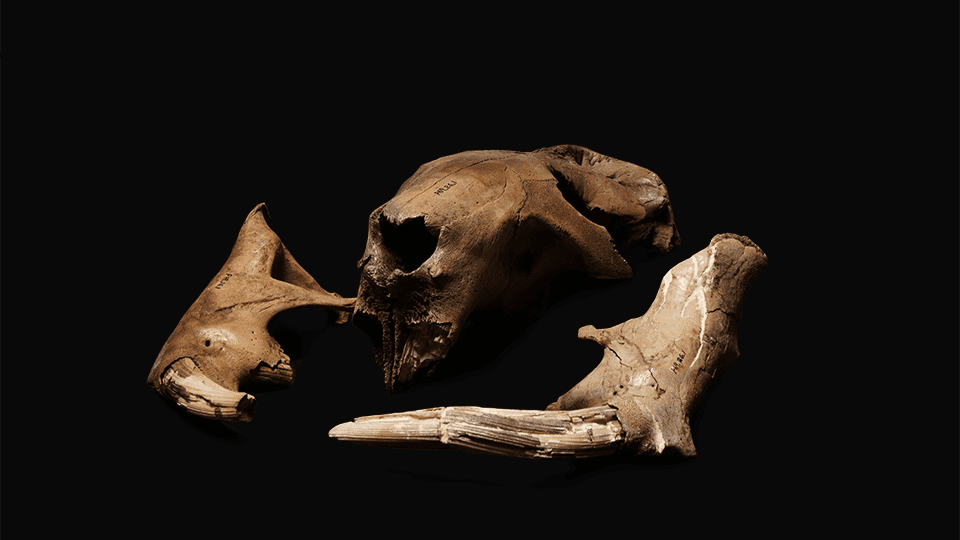
Don’t you just love democracy at work? The Minnesota Science Museum certainly does. They’ve asked the people “what should our state fossil be?” using the magic of the Internet, and the people have answered. A Wednesday post on the Museum’s page together with a live broadcast revealed that the vote went to a Giant Beaver specimen in their collection.
All that’s left now is to make it official.
Big Beaver
“Thank you for voting for our state fossil! What comes next, you ask? We’ll bring your massive mammal candidate to the legislature!”
The Science Museum of Minnesota offered the public a chance to vote which among nine specimens (we’ll see them in a bit) in its collection should come to represent the state as its state fossil. The Giant Beaver received 11,000 votes. It outdid other iconic species such as the crow shark, trilobite, and scimitar-toothed cat. Overall, a landslide win — it gained around 25% of all the votes cast in the competition.
So what exactly were Giant Beavers? Unsurprisingly, they were giant relatives of today’s beavers. Outwardly and in behavior, they resembled the dam-building mammals we all know and love; they had buck teeth and an aquatic lifestyle.
But there were some differences as well: Giant Beavers grew to around 200 pounds and could reach between 1.9 m and 2.2 m (6.2 ft to 7.2 ft) in length. They lived between 2.58 million years and 10,150 years ago, during a geological Epoch known as the Pleistocene.
In many ways, they looked like oversized versions of the beavers that inhabit Minnesota to this day, although their hind legs were much shorter with bigger feet relative to their body proportions. Their teeth were much larger, although proportional to their bigger bodies, but with a rough, striated enamel texture; modern beavers have smooth-textured enamel protecting their teeth. Judging from their skulls, however, we’re pretty confident that Giant Beavers had a smaller brain volume relative to their body, meaning they were probably not quite as smart as modern beavers and had less sophisticated interactions with their environment.
The genus Castoroides was first described from a specimen found in the USA in Ohio (hence its scientific name ‘ohioensis’). All known specimens have been unearthed from the USA and Canada. They’re generally clustered around the midwestern United States in states near the Great Lakes, particularly Illinois and Indiana. However, their habitat certainly ranged between today’s Alaska, Canada, and Florida, as Castoroides specimens have been found at these sites.
“Pretty impressive right? There’s beavers still throughout Minnesota today, they’re an important part of the ecosystems here. A lot of people have seen them, and learned to love these little toothy critters, so why wouldn’t you love an even larger version of that?” said Alex Hastings, the museum’s chair of paleontology, during the livestream on Wednesday.
The specimen that won this competition was found at a site near St. Paul, Minnesota. The museum will present the fossil alongside the results of the vote to lawmakers, who will get to decide if the Giant Beaver should become the state’s first official fossil. Minnesota is one of only seven states that have yet to designate an official fossil; the others are Arkansas, Hawaii, Indiana, Iowa, New Hampshire, and Rhode Island. The Giant Beaver almost became Minnesota’s official fossil back in 1988, but the measure failed in the legislature. Fingers crossed it makes it this time!
The museum also put up some cool and actually damn funny YouTube videos for each of the contenders, which you can see on their individual voting pages; they’re still up, even if the voting is closed. I will put up links to the individual pages or directly to their YouTube shorts for your convenience (the ones here are for the Giant Beaver).
Go give them a subscribe and some likes if you’re on YouTube, it really helps them out, and they really deserve it. I wish Netflix had content as good as this.
But we’re all here for fossils, and every runner-up in this competition is definitely deserving of some of our love.

These squid-like creatures were among the largest animals alive during their time (during the Ordovician Period around 450 million years ago) and sported 10 arms. This specimen at the Science Museum of Minnesota was found by a local collector. Individual page and YouTube link.
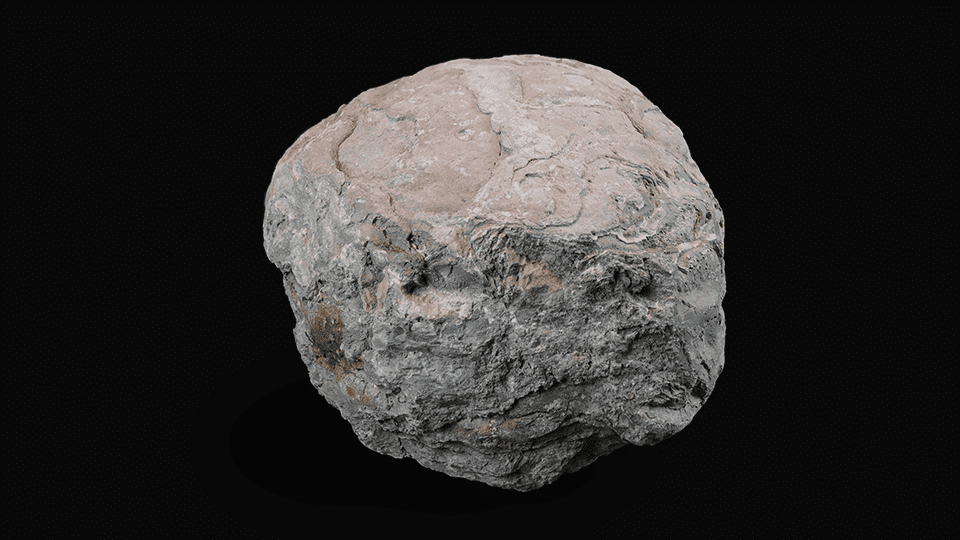
Stromatolites have the honor of being the oldest fossils in Minnesota. They do look unassuming, but that comes down to their history. These clumpy fossils were formed almost 2 billion years ago by photosynthesizing bacteria. What you’re seeing here are the fossils of the first oxygen-producing organisms on Earth. They started the trend that led all the way to us breathing oxygen today. Individual page and YouTube link.

An extinct species that lived during the Cretaceous Period, 90 to 100 million years ago, the Crow Shark prowled the seas as dinosaurs roamed the Earth. Judging by the serrations on its teeth, this shark used to punch high above its weight — and tooth marks found on the bones of fish, dinosaurs, marine reptiles, and even some flying reptiles tell us that it did so with frightening enthusiasm. Individual page and YouTube link.
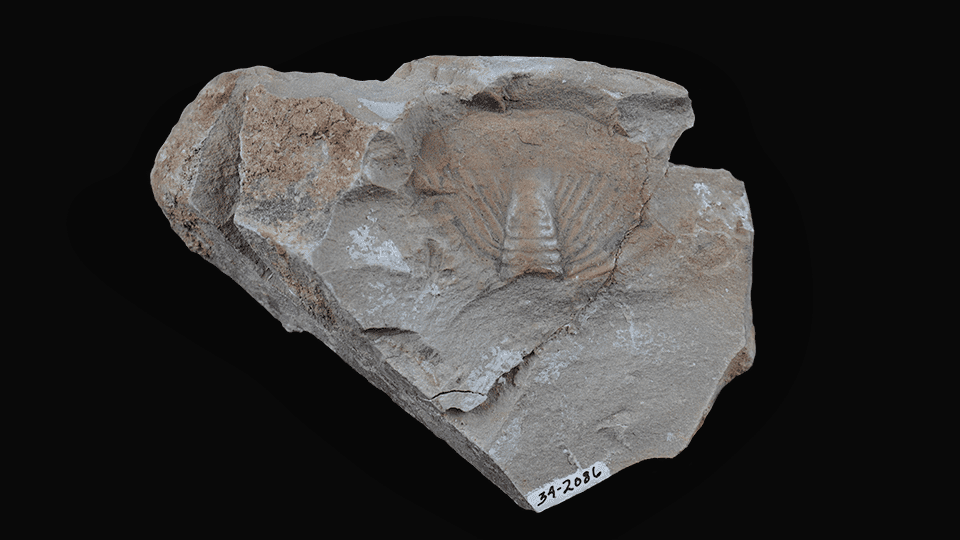
Trilobites… were sea bugs. A great, very diverse family of sea bugs who lived during the Cambrian Period, between 492 and 487 million years ago. This particular species got its name for being discovered near Stillwater, Minnesota, and that specimen is now housed at the Smithsonian National Museum of Natural History. Individual page and YouTube link.
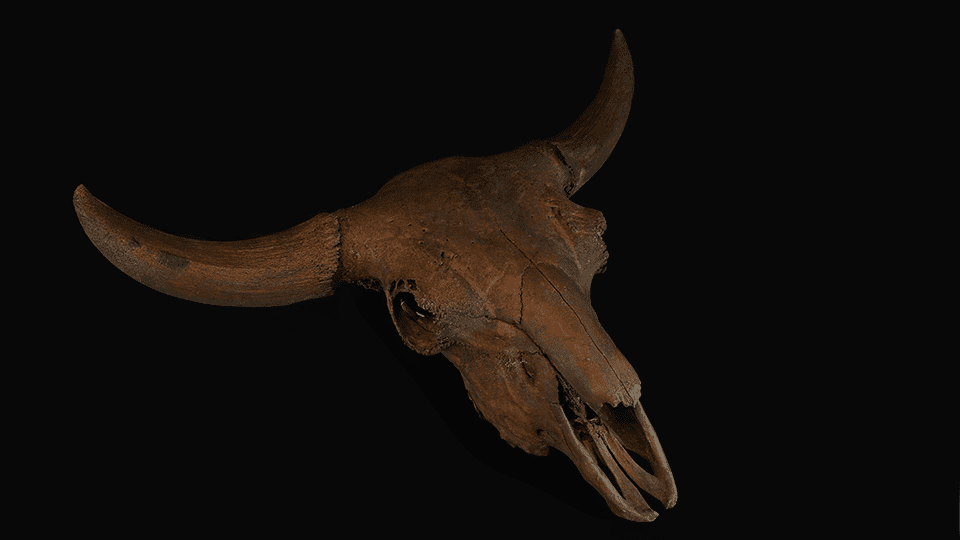
A relatively young contender, this bison native to Minnesota lived between 60,000 and 4,270 years ago, making the transition from the Late Pleistocene to the Holocene Epoch (the one we’re currently in right now). This species eventually gave rise to the bison we all know. They were probably larger than modern bison, however. Individual page and YouTube link.
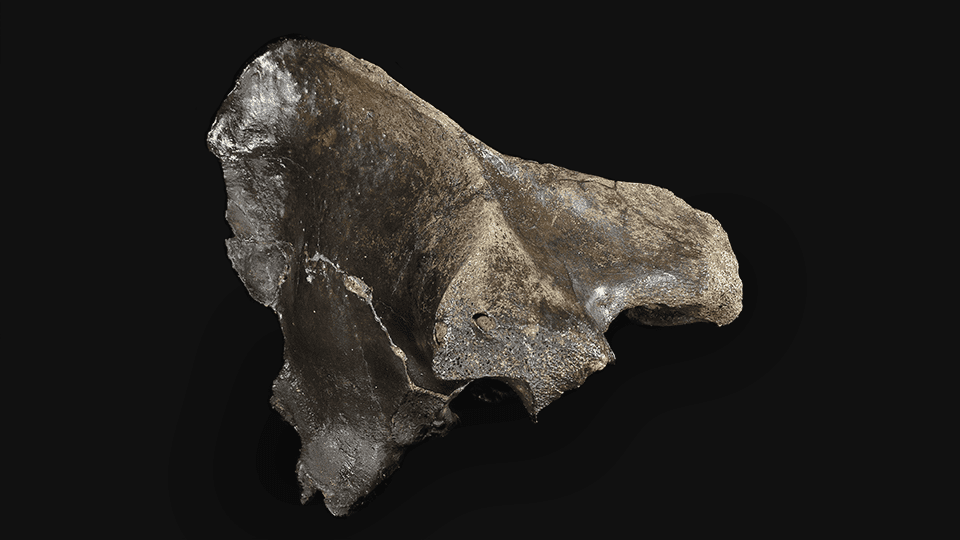
A large predator that stalked the tundras of Minnesota some 27,000 years ago during the Pleistocene Epoch. It had somewhat smaller canines than the infamous saber toothed cat, but more muscular shoulders and arms. Individual page and YouTube link.

An extinct (and much bigger) relative of the modern crocodile that lived between 90 and 100 million years ago during the Cretaceous Period. Like modern crocs, it was very toothy and not afraid to bite. Individual page and YouTube link.
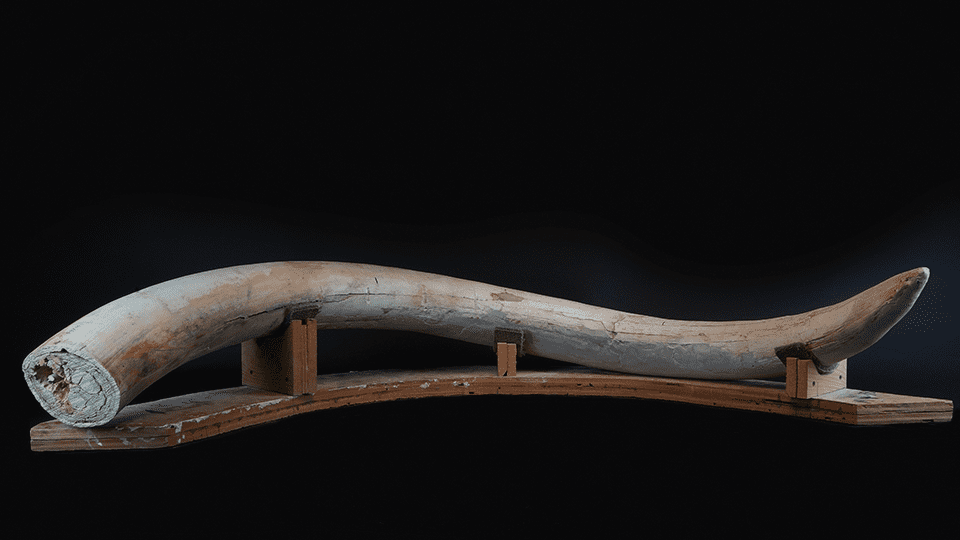
The Columbian Mammoths lived during the Pleistocene Epoch, between 2 million and 12,000 years ago. They’re one species that are well represented in the state of Minnesota, as the tundra landscapes present here at that time were an ideal stomping ground for these huge beasts. This particular tusk belongs to the Lyle Mammoth which was discovered in the state and is now on display at the Science Museum of Minnesota. Individual page and YouTube link.
All images in this post are courtesy of the Science Museum of Minnesota.


